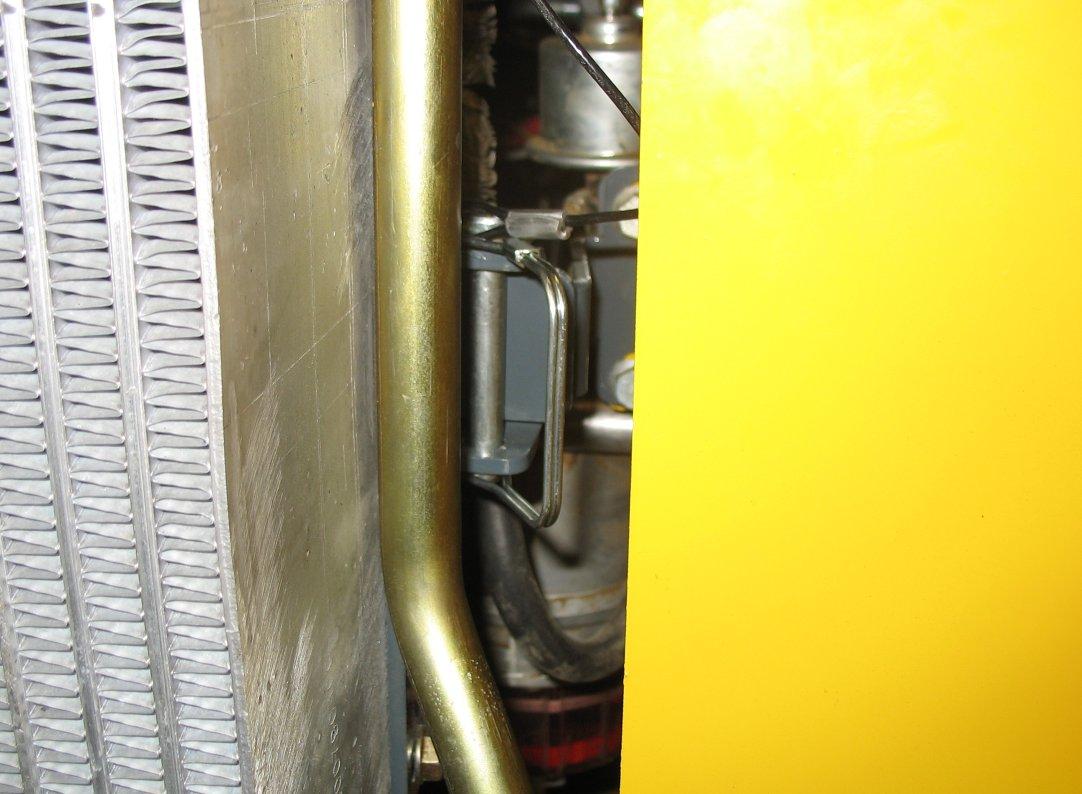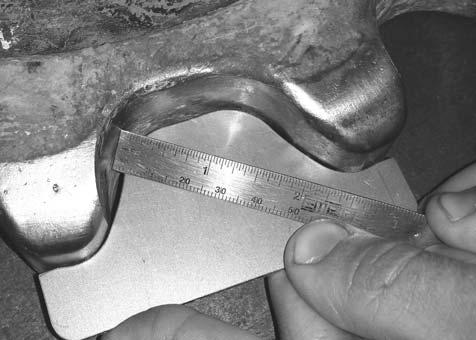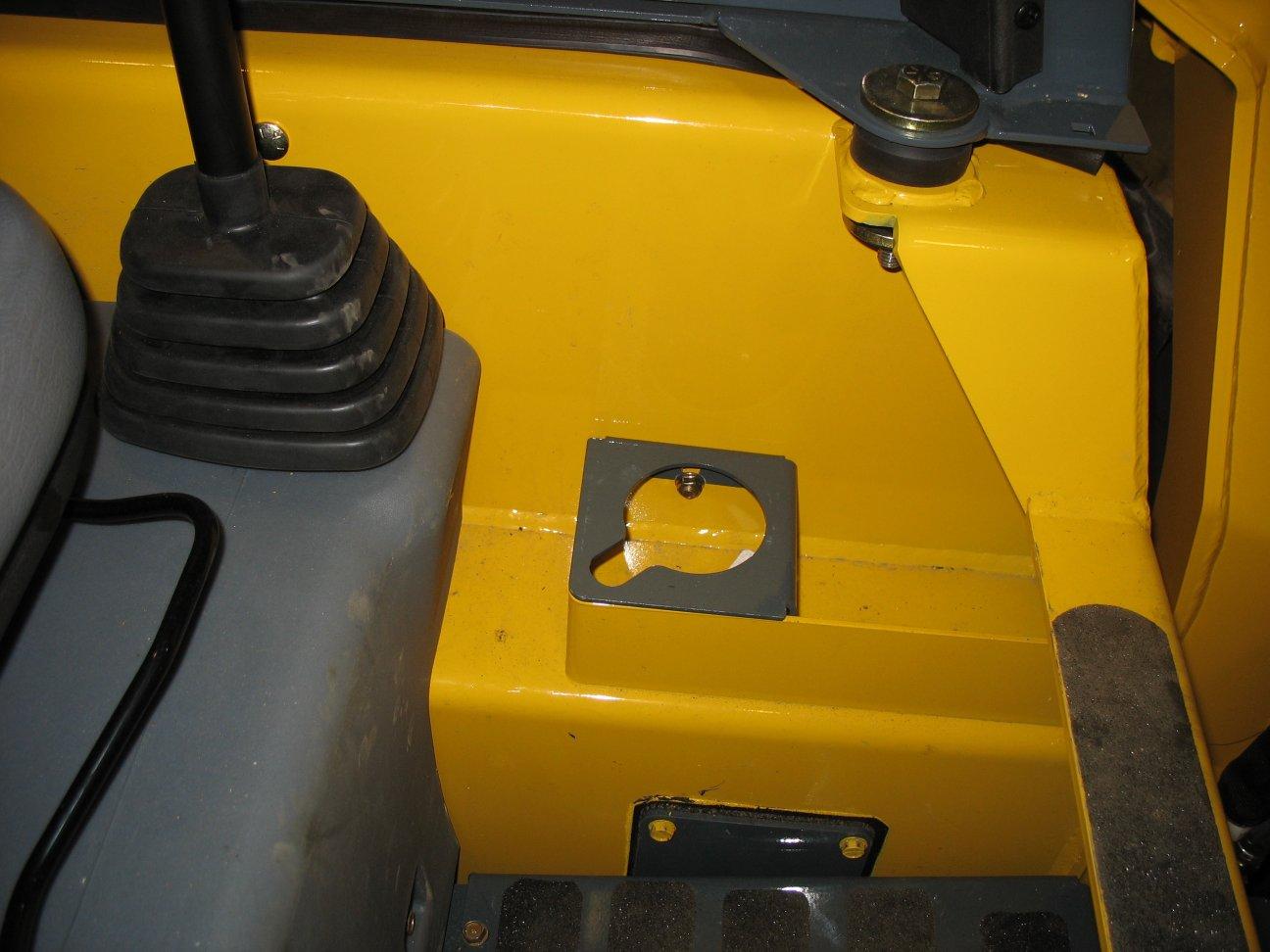Vibration Information Compact construction equipment is generally used in harsh environments. This type of usage can expose an operator to uncomfortable levels of vibration. It is useful to understand exposure to vibration levels when operating compact equipment and what can be done to reduce vibration exposure. As a result, equipment operation can be more efficient, productive and safe. An operator’s exposure to vibration occurs in two ways: • •
Whole-Body Vibration (WBV). Hand-Arm Vibration (HAV).
WBV issues are primarily addressed in this manual, because evaluations have shown that operation of mobile compact construction equipment on worksites typically results in HAV levels less than the allowed exposure limit of 2.5 m/s2. Member States of the European Union must comply with the Physical Agents (vibration) Directive, 2002/44/ EC. Effective control of vibration exposure for an operator involves more than just vibration levels on the machine. The worksite, how the machine is used, and proper training all play important roles in reducing vibration exposure. Vibration exposure results from: • • •
Worksite conditions. How the machine is operated. The machine characteristics.
Common causes of high WBV levels: • • • • •
Using a machine that is improper for the task. Worksite with potholes, ruts and debris. Improper operating techniques, such as driving too fast. Incorrect adjustment of the seat and controls. Other physical activities while using the machine.
Vibration Measurement and Actions The vibration directive places the responsibility for compliance on employers. Actions that should be followed by employers include: • Assess the levels of vibration exposure. • Determine from this assessment if operators will be exposed to vibration levels above the limits stated in the directive. • Take appropriate actions to reduce operator’s exposure to vibration. • Provide operators with information and training to reduce their exposure to vibration. • Keep good records and update operations and training on a regular basis. If the assessment concludes that vibration level exposure is too high, one or more of the following actions may be necessary: 7
50950264/G0521





















